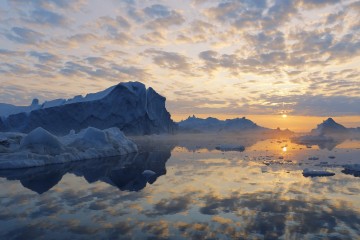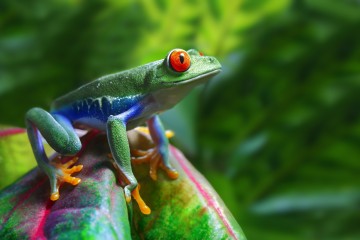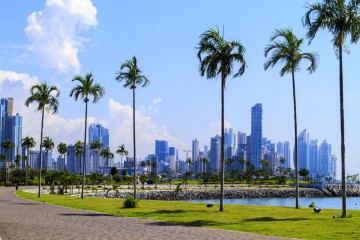Costa Rica and The Panama Canal Cruise
Tour Overview
Cruise from Costa Rica to Panama on this 12 day voyage. Explore the stunning coasts of Costa Rica and Panama and cruise the Panama Canal!
Start in San Jose, Costa Rica, one of the most biodiverse regions on earth. Explore lush tropical regions rich with exotic animals, colourful birds, and showy plants. You may encounter two and three toed sloths, as well as white-faced monkeys, toucans, agoutis, armadillos and coatis in Manuel Antonio National Park. Walk or hike among some of the most biodiverse rainforests on earth in Costa Rica, discovering more amazing flora and fauna.
Cruising the Golfo Dulce to Panama, where we explore Coiba National Park and then the stunning white sandy beaches of the Pearl Islands, perfect for some paddle boarding, kayaking and snorkelling in the warm, turquoise waters.
Learn about the indigenous Emberá Mogue people, and the fascinating history of the Panama Canal, before making a transit of the Panama Canal itself!
Viva's Best Bits...
Explore some of the most biodiverse rainforests on earth, a chance to encounter wildlife including sloths, howler, spider, capuchin and squirrel monkeys.
Coiba National Park, in Panama, is a UNESCO World Heritage site recognised for its exceptional marine and terrestrial wildlife watching opportunities.
Enjoy a guaranteed daylight crossing of the Panama Canal and learn about its history. The complete crossing from the Pacific to the Atlantic Ocean takes approximately 10 hours



